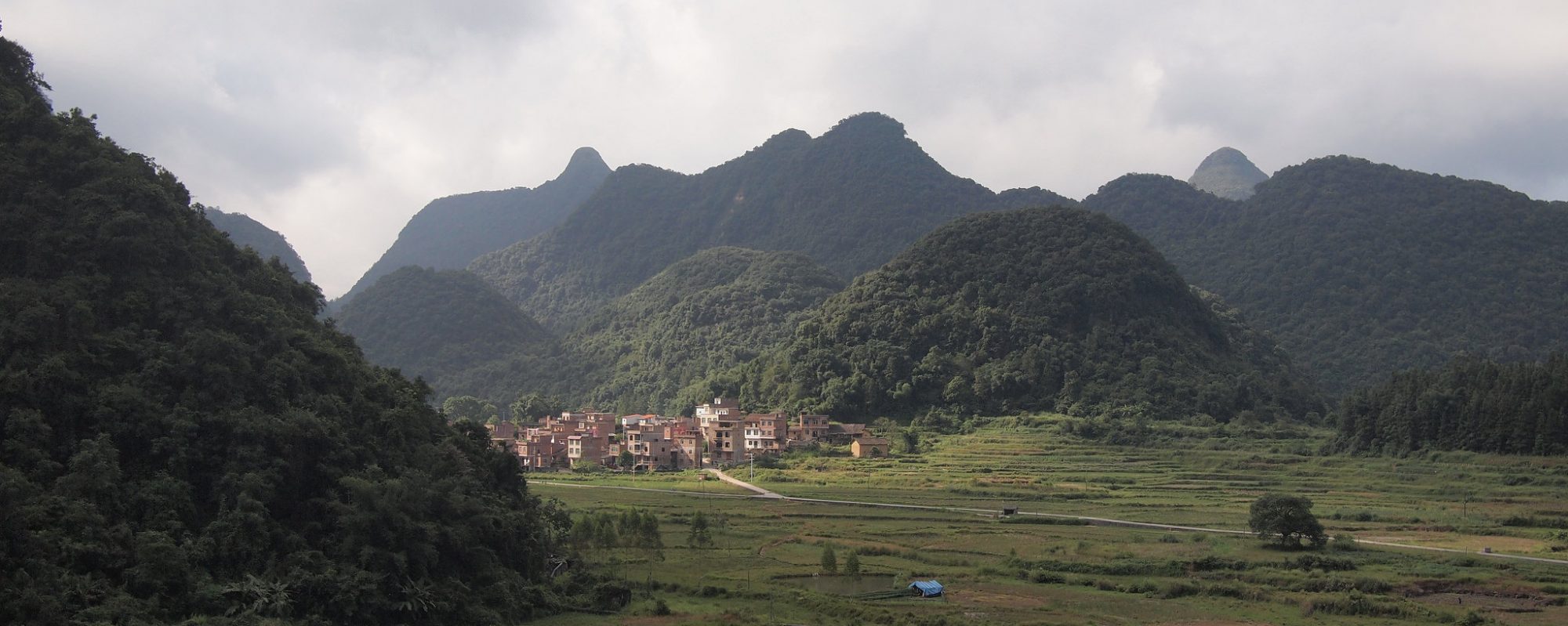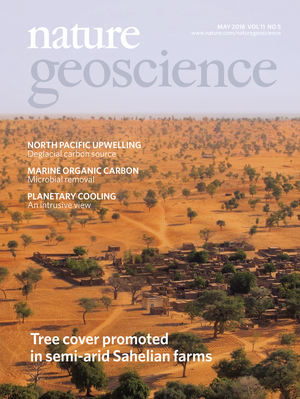More people equal more trees in semi-arid West Africa - Our new study published in Nature Geoscience questions ‘received wisdom’ as concerns the relationship between human agency and woody vegetation of West Africa. We demonstrate that in low-rainfall areas woody cover is denser in cultivated areas than in savannas, and close to settlements rather that … Continue reading Tree cover promoted in semi-arid Sahelian farms – new publication in Nature Geoscience
Category: Environmental change in the Sahel
New publications!
Our fantastic team had some new publications within the past half year, they are all worth to have a look: Xiaoye Tong, Martin Brandt, Pierre Hiernaux, Stefanie Herrmann, Feng Tian, Alexander Prishchepov, Rasmus Fensholt. Revisiting the coupling between NDVI trends and cropland changes in the Sahel drylands: A case study in western Niger. Remote Sensing … Continue reading New publications!
Recent woody vegetation trends in Sahel
Our new paper looks at recent dynamics in woody vegetation in Sahel and finds some interesting patterns which are mainly controlled by human population density. Martin Brandt, Pierre Hiernaux, Kjeld Rasmussen, Cheikh Mbow, Laurent Kergoat, Torbern Tagesson, Yahaya Ibrahim, Abdoulaye Wele, Compton J. Tucker, Rasmus Fensholt. Assessing woody vegetation trends in Sahelian drylands using MODIS … Continue reading Recent woody vegetation trends in Sahel
Fodder Biomass Monitoring in Sahelian Rangelands Using Phenological Metrics from FAPAR Time Series
From: Diouf, A.A., Brandt, M., Verger, A., Jarroudi, M.E., Djaby, B., Fensholt, R., Ndione, J.A., Tychon, B., 2015. Fodder Biomass Monitoring in Sahelian Rangelands Using Phenological Metrics from FAPAR Time Series. Remote Sensing 7, 9122–9148. doi:10.3390/rs70709122 Livestock farming constitutes the most widespread human activity and the dominant land use in rangeland ecosystems. At a global … Continue reading Fodder Biomass Monitoring in Sahelian Rangelands Using Phenological Metrics from FAPAR Time Series
What Four Decades of Earth Observation Tell us about Land Degradation in the Sahel
From: Mbow, C.; Brandt, M.; Ouedraogo, I.; de Leeuw, J.; Marshall, M. What Four Decades of Earth Observation Tell Us about Land Degradation in the Sahel? Remote Sens. 2015, 7, 4048-4067. Land degradation mechanisms are related to two main categories, one related to climate change and one associated with local human impact, mostly land use … Continue reading What Four Decades of Earth Observation Tell us about Land Degradation in the Sahel
New project started: BICSA – Biophysical Changes in the Sahel
To continue my research about the Sahel area, I received a Marie Curie Individual Fellowships (Call: H2020-MSCA-IF-2014) for the coming 2 years. The new project which started on May the 1st is named BICSA – Biophysical Changes in the Sahel: Ground and Satellite Based Evidence Across Scales and Disciplines. This is the abstract of the … Continue reading New project started: BICSA – Biophysical Changes in the Sahel
Ground- and satellite-based evidence of the biophysical mechanisms behind the greening Sahel
Making use of 27 years of ground measurements, we were able to find evidence of the role of trees and grass on the greening of the Senegalese Sahel. This was made possible by a close collaboration with our colleagues from the CSE, the Centre de Suivi Ecologique in Dakar. Moreover, woody species abundance data provided … Continue reading Ground- and satellite-based evidence of the biophysical mechanisms behind the greening Sahel
Woody vegetation and land cover changes in the Sahel of Mali (1967–2011)
Another very interesting publication using object based methods to detect single trees on very high resolution imagery is online.Raphael Spiekermann, Martin Brandt, Cyrus Samimi, Woody vegetation and land cover changes inthe Sahel of Mali (1967–2011), International Journal of Applied Earth Observation and Geoinformation, Volume 34, February 2015, Pages 113-121.It can be downloaded for free until … Continue reading Woody vegetation and land cover changes in the Sahel of Mali (1967–2011)
Climate, Environment and Vegetation in the West African Sahel
Here's a press release summarizing parts of my PhD. It was released by the University of Bayreuth (http://www.uni-bayreuth.de/pressemitteilungen-html/121-Sahelzone/index.html) and IDW (http://idwf.de/-CREwAA) in German (thanks to Pierre Gosselin for translating). As I got many emails on this, we want to make clear at this point that we do not aim to question climate change with this article! It shall give background … Continue reading Climate, Environment and Vegetation in the West African Sahel
Modeling Soil and Woody Vegetation in the Senegalese Sahel in the Context of Environmental Change
We have another interesting article about environmental change in the Sahel online. For this article, we used a Random Forest classifier and remote sensing products, to model a soil map in the Senegalese Sahel. If people are interested, I can put the R code online. Brandt, M.; Grau, T.; Mbow, C.; Samimi, C. Modeling Soil … Continue reading Modeling Soil and Woody Vegetation in the Senegalese Sahel in the Context of Environmental Change






